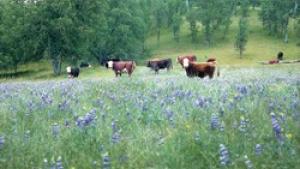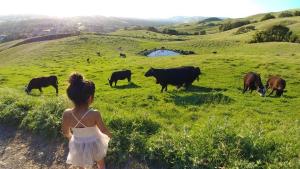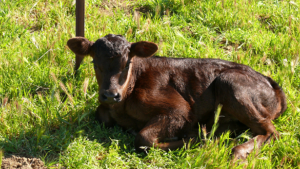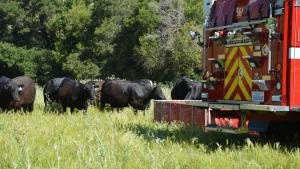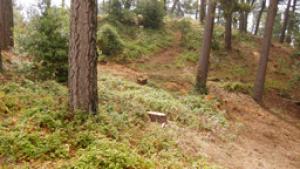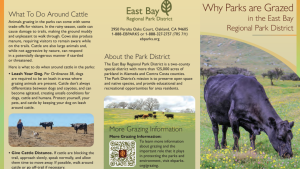Why Parks Are Grazed
Grazing animals have been part of the ecosystem of this region for many tens of thousands of years. The native flora of the East Bay evolved under the influence of prehistoric herbivores, such as mammoths, ground sloths, horses, and camels, and historic grazers, such as deer, elk, and antelope, as well as other common disturbances such as wildfire and drought.
Over the past 200 years, California grasslands have largely become dominated by invasive, nonnative annual grasses.
Today, conservation grazing plays an important role in reducing wildfire risks and maintaining a healthy ecosystem for native plants and wildlife. Over 86,800 acres of parkland are grazed annually by cattle, sheep, or goats, mostly during the winter and early spring months. Conservation grazing is a practical and economical tool to manage our grasslands.
The Park District has over 60 years of experience using grazing as a resource management tool. Park staff and resource ecologists constantly evaluate and monitor grazing practices and make changes to balance resource management with an enjoyable experience for park visitors.

Goat Grazing Activities
Visitors to the East Bay Regional Parks may encounter cattle, sheep or goats grazing on the grasslands. The District uses grazing animals as a practical and economic resource management tool. Grazing helps reduce fire hazards by controlling the amount and distribution of grasses and other potential fuel. Around urban settings, goats are often used in conjunction with human work crews and prescribed burns to create fuel breaks – a proactive effort to manage future wildfires.


